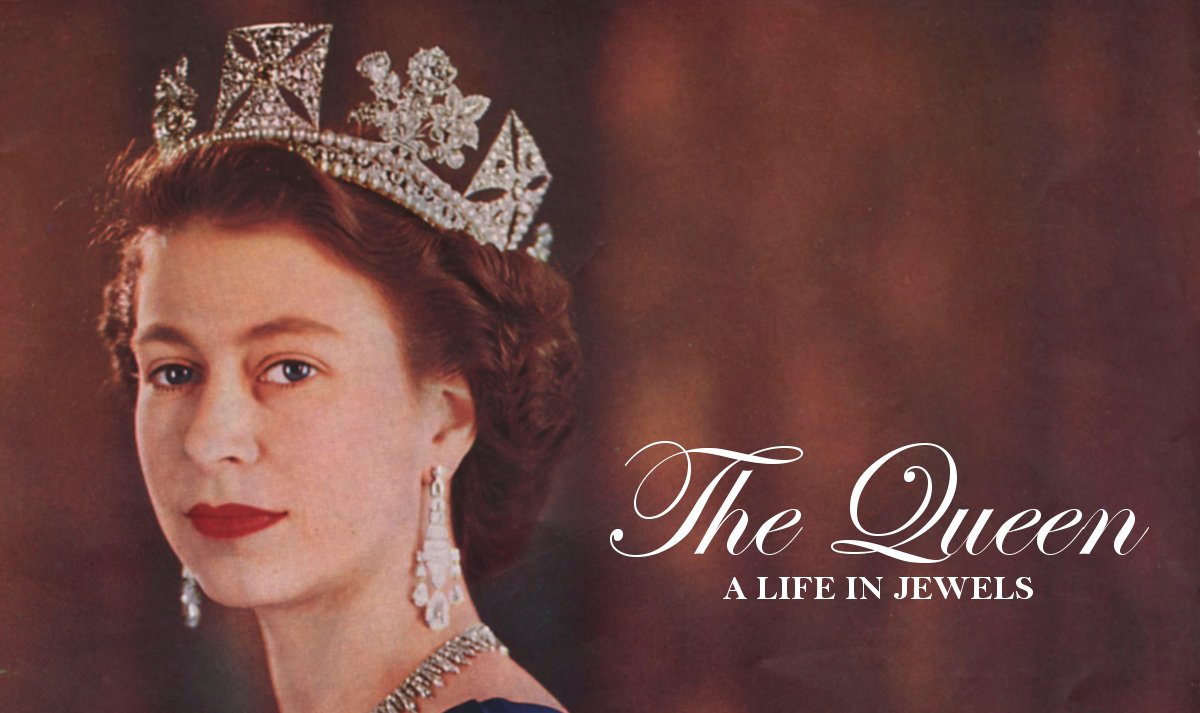
As we all reflect on the life and legacy of the late Queen Elizabeth II, we’re devoting the next several days to a bejeweled tribute here at The Court Jeweller. We’ll be looking at several significant days in the life of the late monarch, as well as the important pieces of jewelry associated with those occasions. We begin in the 1940s, with a brooch that defines the wartime world of her teenage years.
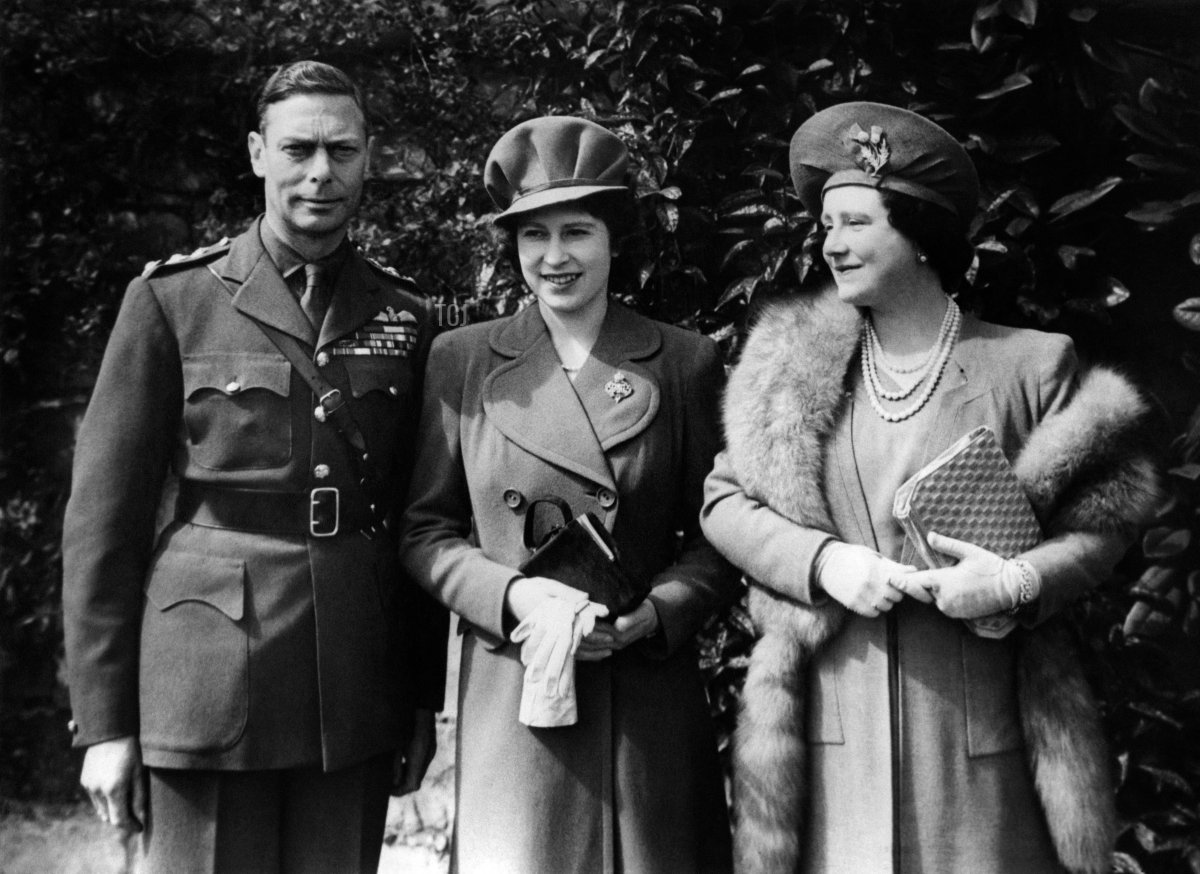
Princess Elizabeth, the elder daughter of King George VI and Queen Elizabeth, celebrated her eighteenth birthday on April 21, 1944. The young princess’s teenage years had taken place wholly in a wartime environment. She was thirteen when war with Germany was declared and fourteen when bombs were dropped on Buckingham Palace. As Elizabeth came of age, she became more and more eager to find a way to take part in the war effort herself.
She demonstrated her patriotism in this official photograph taken at Windsor on her eighteenth birthday. While she had received some gorgeous bejeweled presents (including, notably, these aquamarine brooches, a sapphire bracelet, and this iconic tiara) to mark the milestone, she pinned a less flashy bauble—the badge of the Grenadier Guards—to her coat instead. (Her mother pinned another royal jewel, a diamond thistle brooch, to her hat for the photograph.)
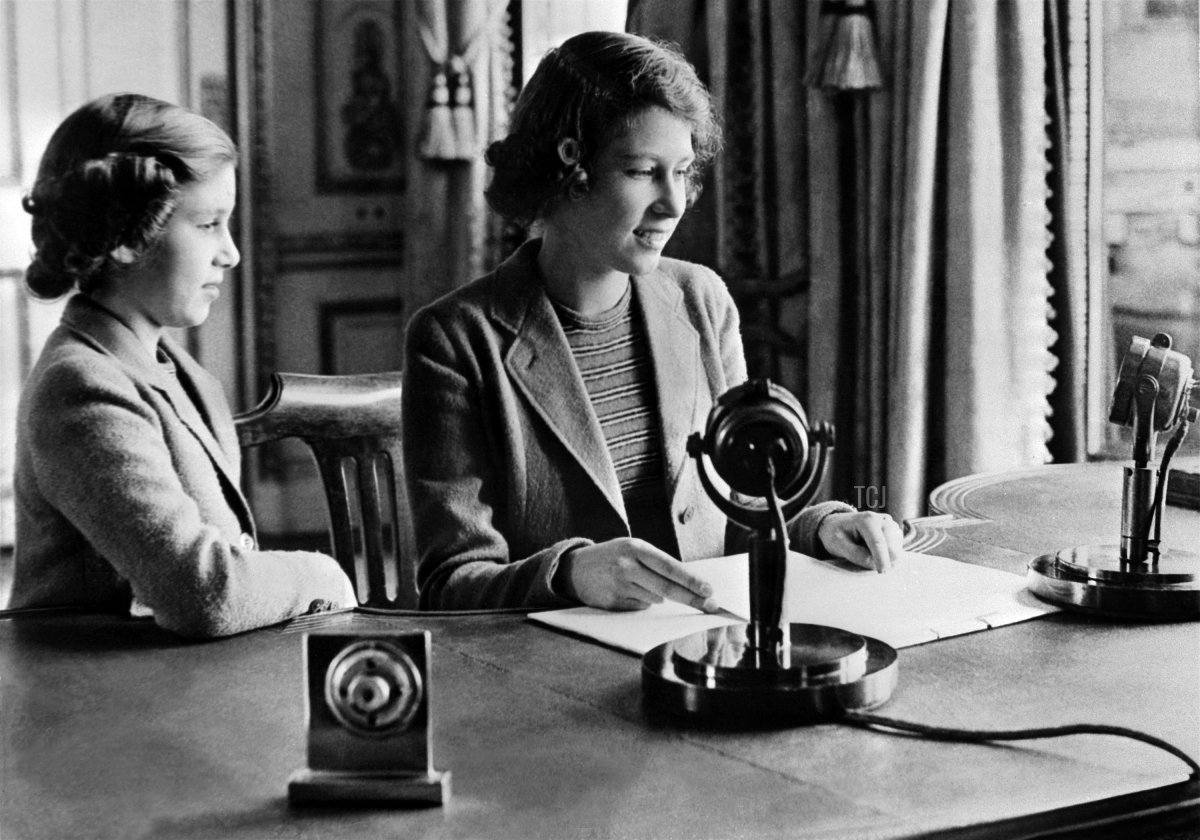
Throughout the war, the princess sought out ways to participate in the war effort. In October 1940, she and her younger sister, Princess Margaret, made a radio address to the children of the Commonwealth via BBC’s Children’s Hour program. In the broadcast, which was the future Queen’s first public speech, she said, “We know, everyone of us, that in the end all will be well; for God will care for us and give us victory and peace. And when peace comes, remember it will be for us, the children of today, to make the world of tomorrow a better and happier place.”
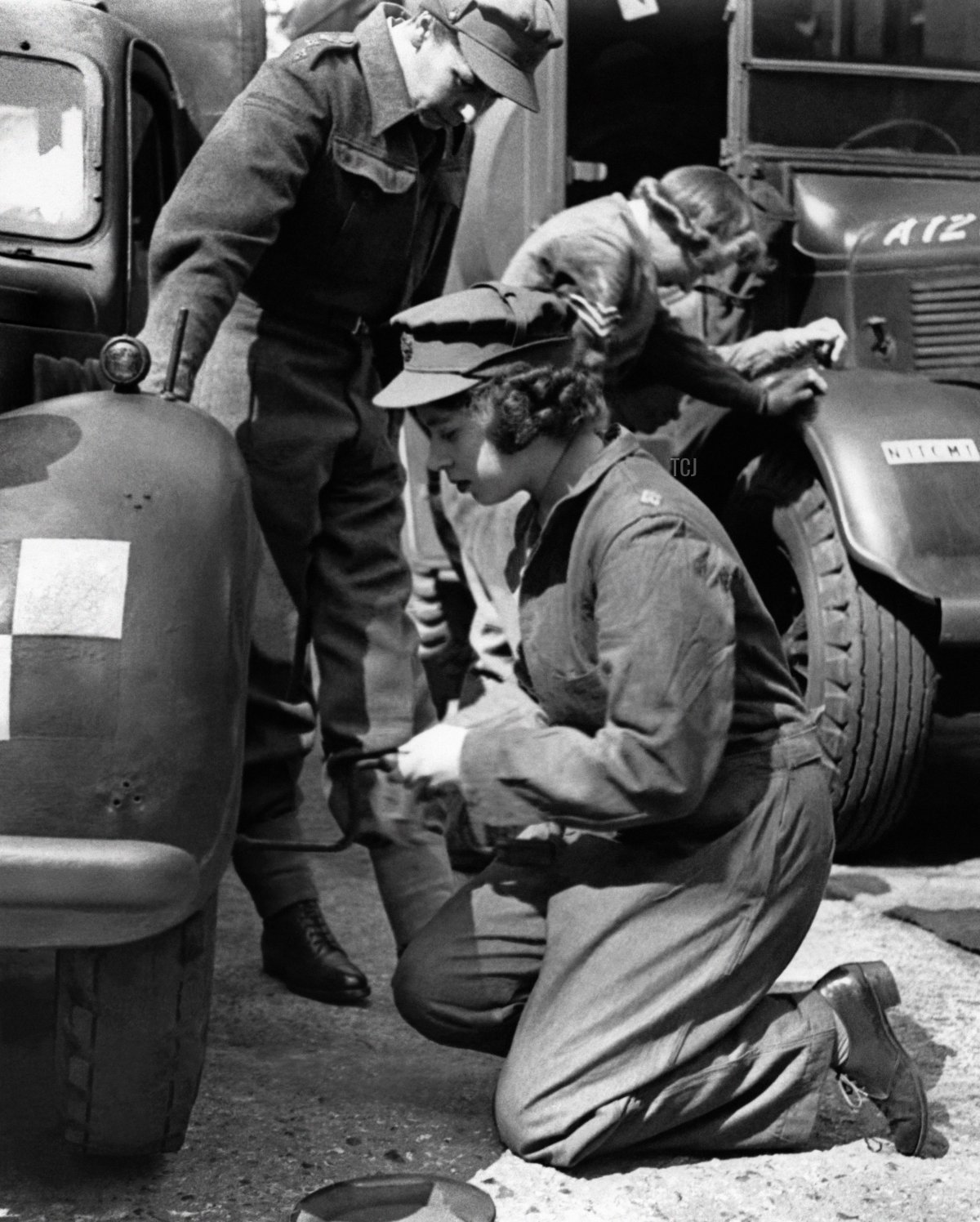
By the spring of 1945, the princess was old enough to begin serving herself. She enlisted in the Auxiliary Territorial Service, training as a mechanic and driver. Eventually, she was given the rank of honorary second subaltern.
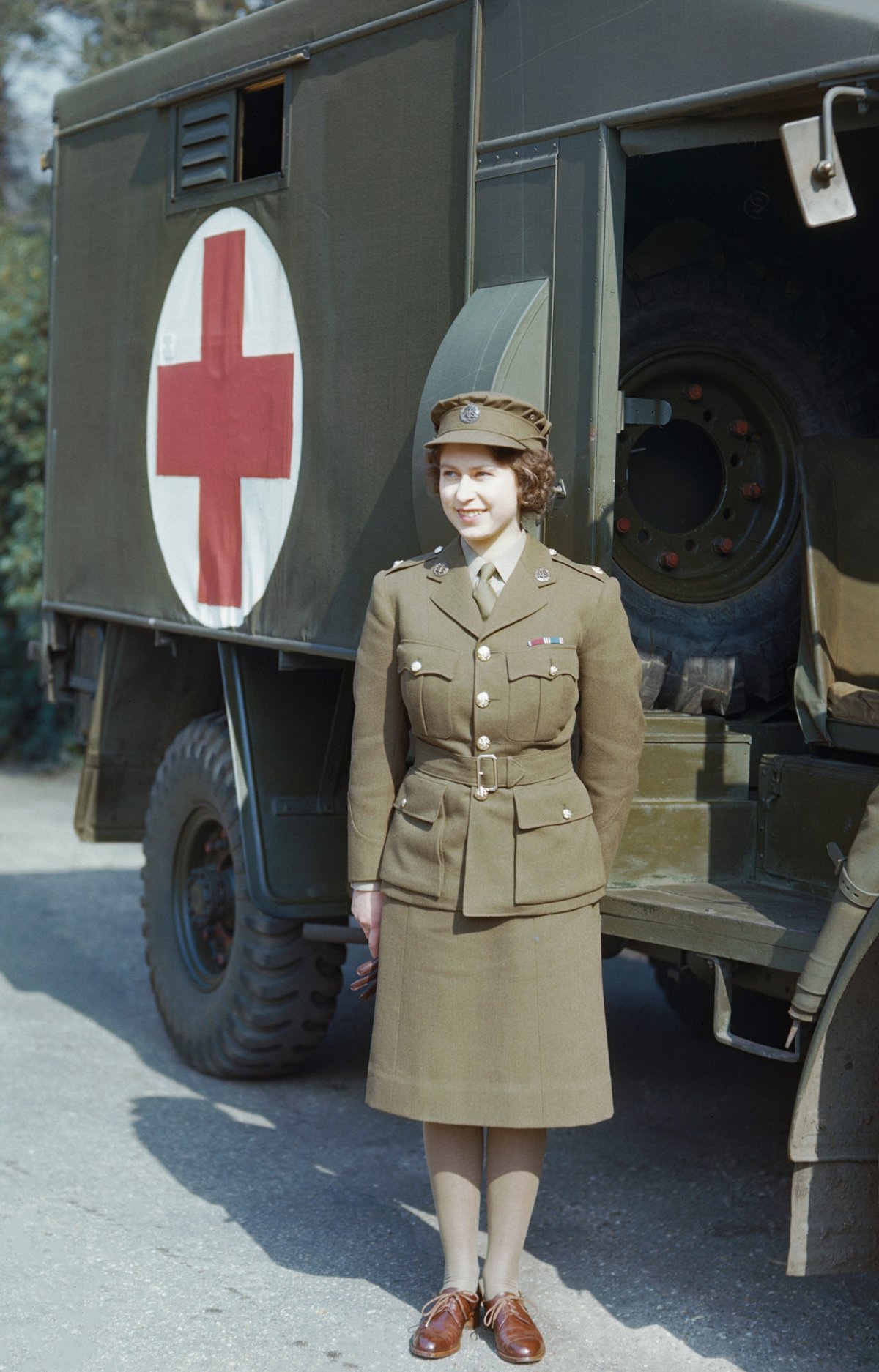
The new role gave the princess both a sense of purpose and a uniform of her own, which she wore throughout the final days and months of the war.
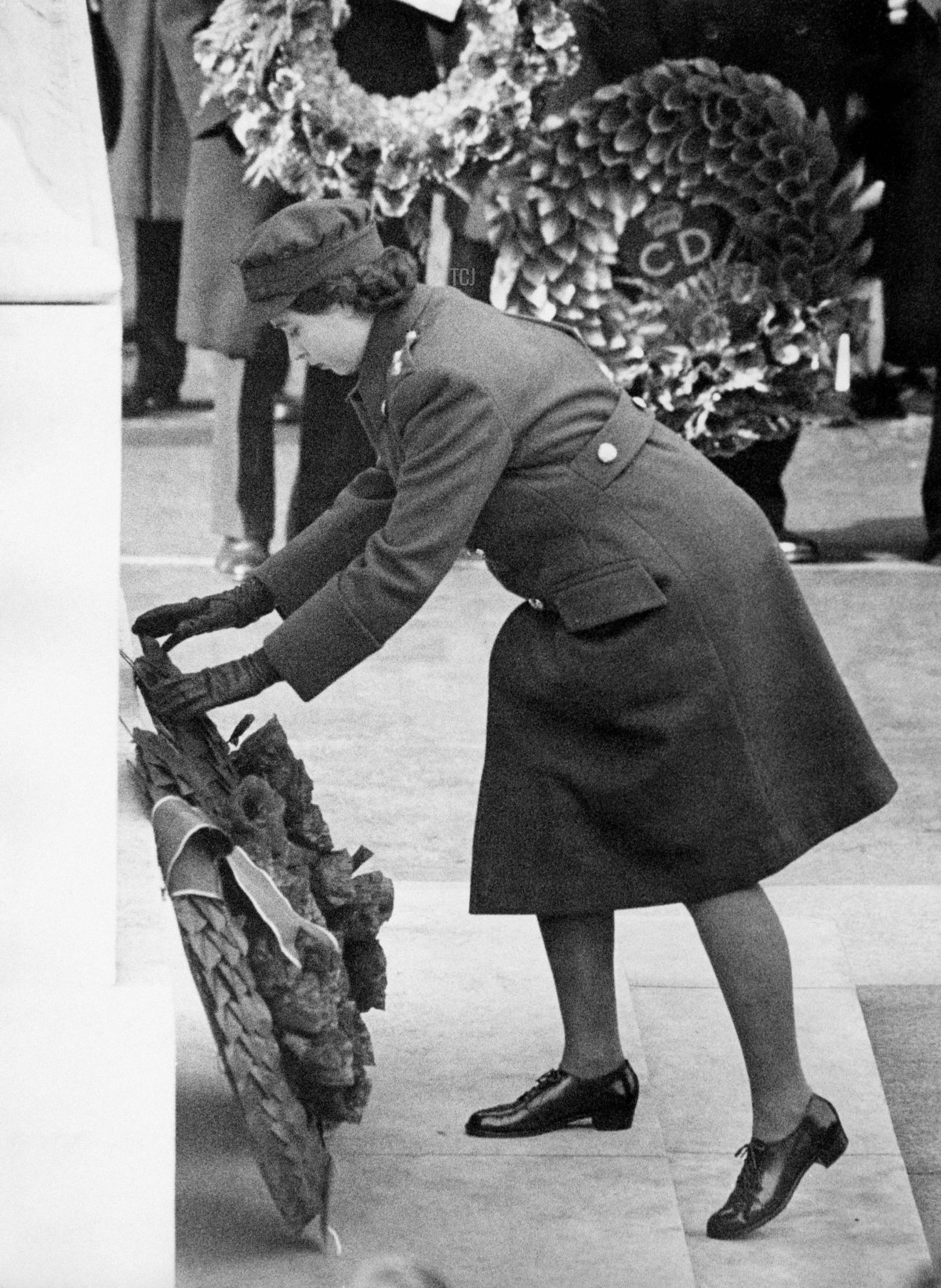
Here, she wears her uniform as she participates in an Armistice Day service at the Cenotaph in London in November 1945, shortly after the end of the war.
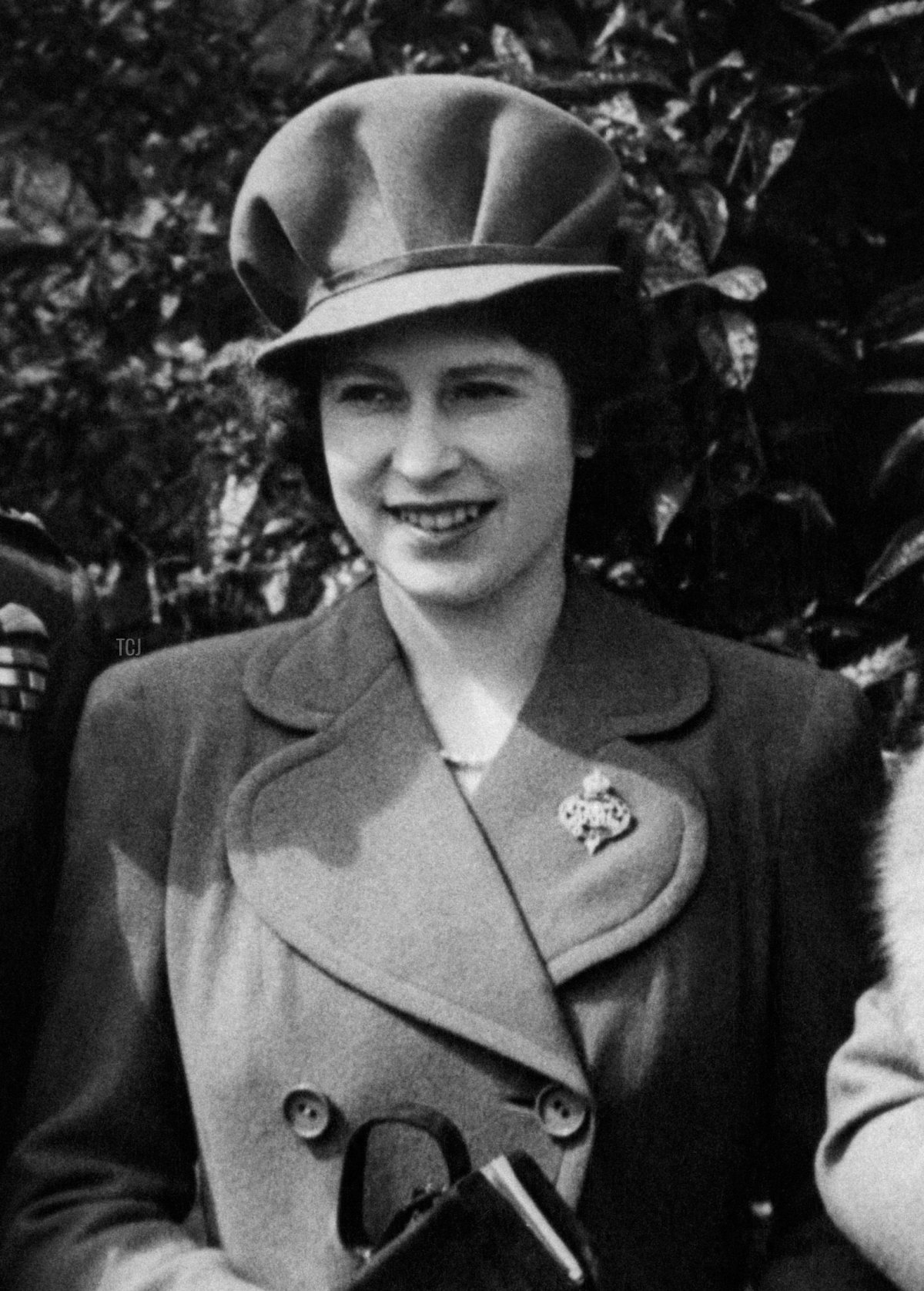
One of Elizabeth’s most important wartime associations, though, was with the Grenadier Guards, whose badge she so proudly wore in her eighteenth birthday portrait. She had been named an honorary colonel of the regiment in February 1942, filling a role recently left vacant by the death of her great-uncle and godfather, the late Duke of Connaught. It was the future Queen’s very first military appointment, and a special regimental parade on April 21, 1942—her sixteenth birthday—was also her first official public engagement. The small diamond badge of the regiment, which featured her father’s royal cypher, was reportedly a gift on that occasion. Elizabeth was thrilled to have an official military role during the war, and the Grenadier Guards were particularly special to her, as they were the regiment guarding the royal family at Windsor.
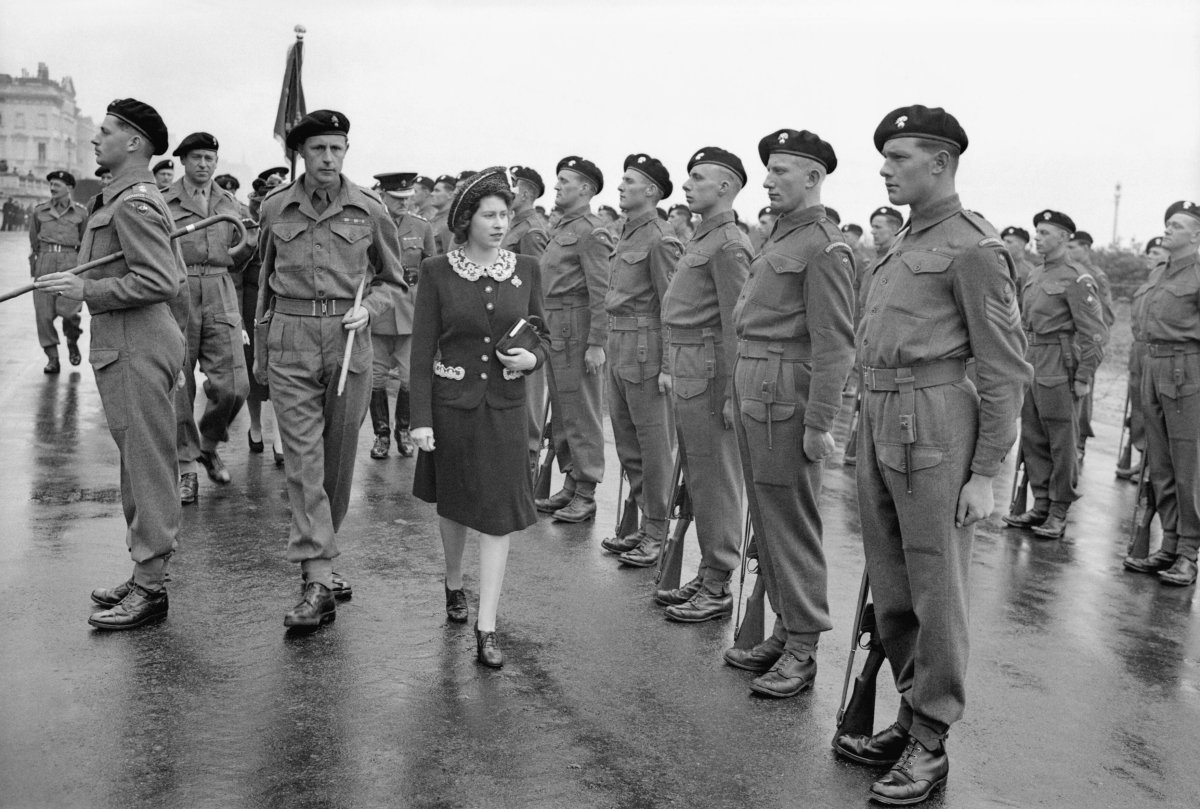
On her eighteenth birthday, she was celebrated by the Guards with a special presentation of colors. The ceremony took place at her wartime residence, Windsor Castle—described in contemporary newspapers only as being “somewhere in the country” for security reasons—where the princess was presented with a miniature silk replica version of the king’s colour of the first battalion of the regiment.
A few weeks later, in May 1944, Elizabeth arrived in Hove (pictured above) for another visit with the Grenadier Guards. The diamond badge was again pinned to her jacket as she reviewed an honor guard.
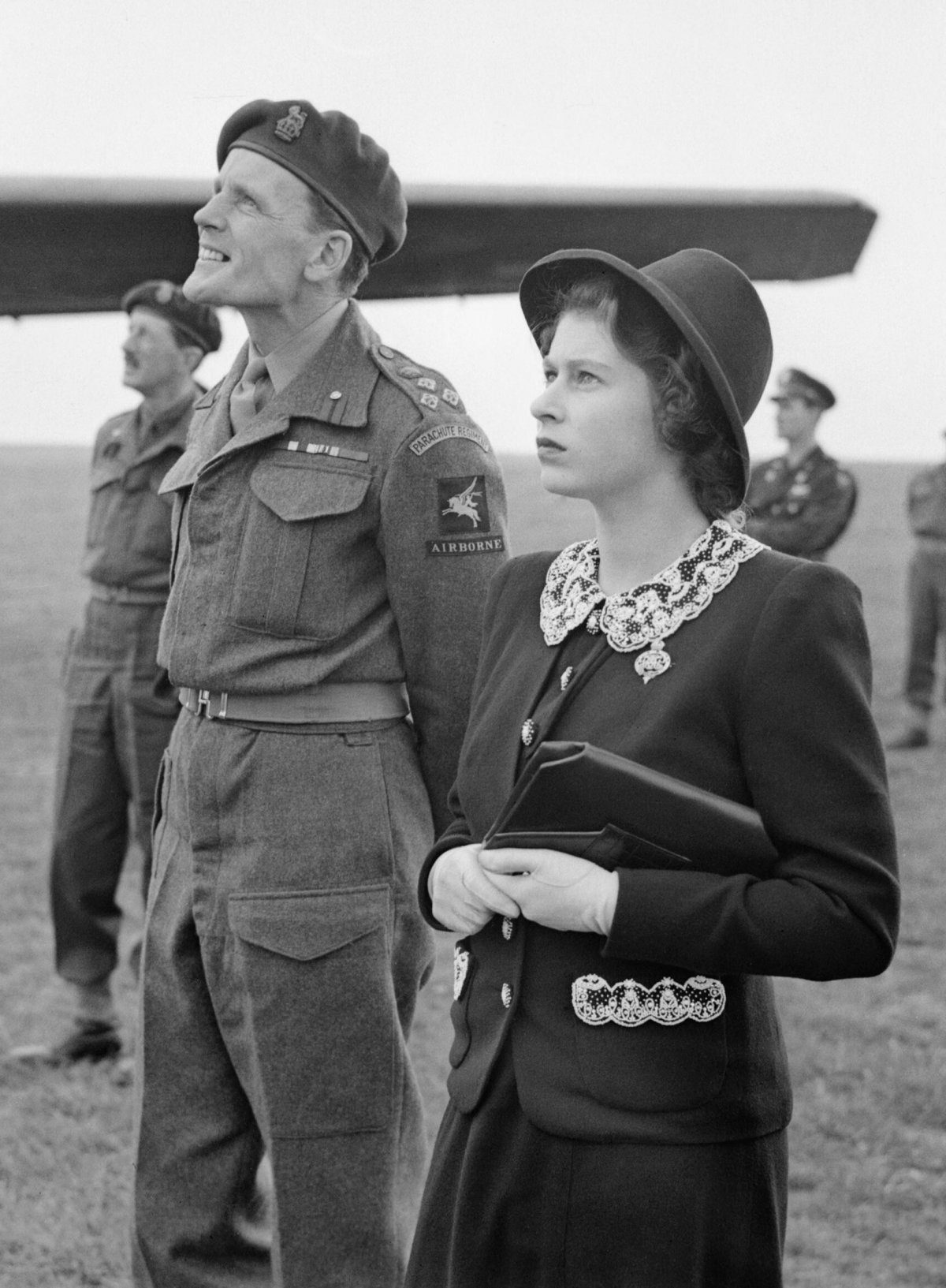
The badge is easy to spot from this photograph taken on the same day in Hove. Here, the princess watches parachutists participating in exercises. D-Day, significantly, was only mere weeks away.
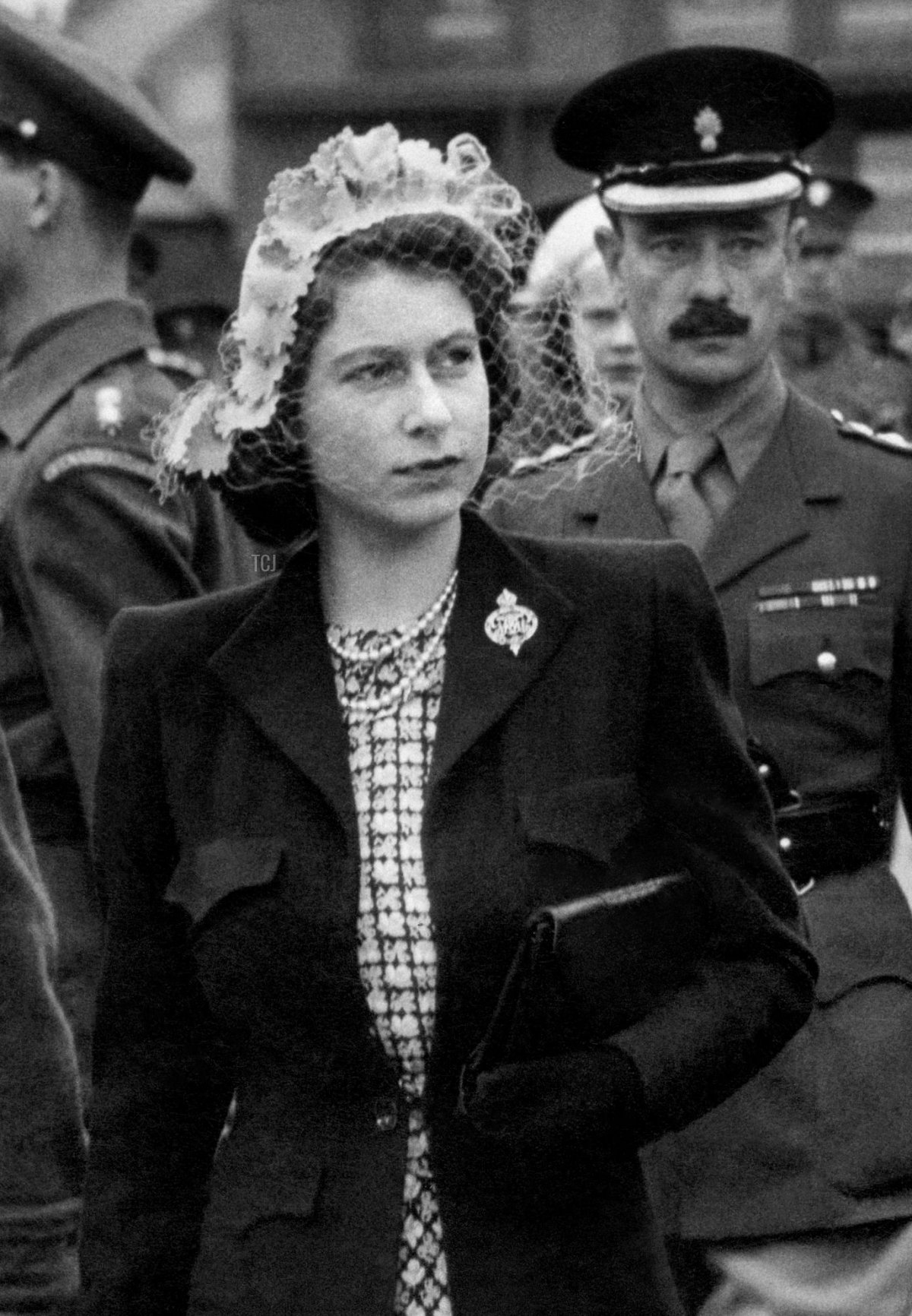
The Queen retained her association with the Grenadier Guards for the rest of her life, becoming Colonel-in-Chief of the regiment (and of the rest of the Guards regiments) on her father’s death in 1952. She could have swapped out her old diamond badge for a new one bearing her own royal cypher after her accession, but she didn’t. Instead, she wore the Grenadier Guards badge with King George VI’s initials for the rest of her life.
Note: One of our community members, Austin, is performing a special carillon memorial recital today on the campus of the Mayo Clinic in Minnesota. It will take place at 1 PM eastern time/noon central time. The program features musical selections related to the life of the late Queen Elizabeth II. With his permission, here’s the livestream link for those who wish to watch. Thanks so much to Austin for sharing this event with all of us!
Leave a Reply
You must be logged in to post a comment.